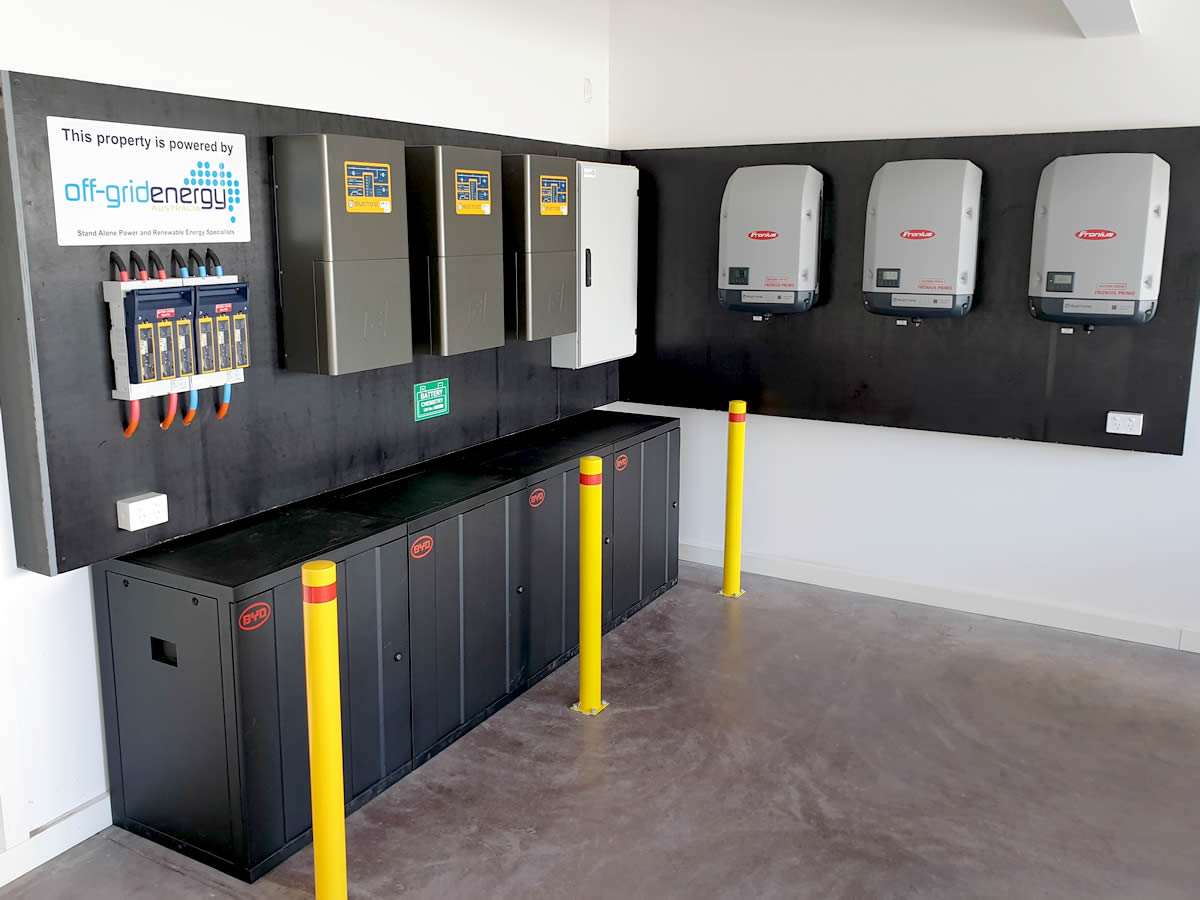Title Page
-
Site conducted
-
Maintenance Organisation
-
Contractor
-
Date
-
Contractor's CEC accreditation number
Site
-
Has the Contractor completed the school site induction?
-
Does the Contractor have valid Employee Working with Children Checks (WWCC)?
-
Has the Contractor completed a Job Safety Analysis?
-
Has the Contractor completed a Safe Work Method Statement?
-
Identify any obstructions or structures that may be causing shading or shadowing the Solar panel array in current situation and in the foreseeable future.
-
Clear surrounding vegetation as a bushfire protection measure.
-
Ensure appropriate controls are in place for working safely at heights.
-
Is any major defect found? Isolate the system if major defects are found.
PV Modules and Mounting Structures
-
The monitoring system is fully operational, including firmware up to date? (Investigate and rectify any alert notifications received.)
-
Are the Modules Cleaned? (When cleaning water and detergent is to be used only.)
Check and resolve any visual defects for all individual modules including:
-
Dirt, debris, or soiling?
-
Fractures (chips or cracks on the panels)?
-
Browning or discoloration of the solar panels?
-
Moisture penetration (can appear as bubbles or streaks)?
-
Signs of rust or corrosion on the frame?
-
Obstructions such as leaf litter preventing airflow beneath the PV arrays?
-
Non-UV rated cabling is not exposed to direct sunlight?
-
Check that cabling is secured in place and not hanging loose?
-
Check for loose and missing panel clamps?
Check and ensure the following are compliant
-
Signage & labelling (including noting Signs of UV Damage)?
-
Modules are securely fastened to mounting rails?
-
Check mounting rails are securely fastened to roof?
-
The solar panels are appropriately tilted to the horizontal in the intended direction?
-
The panels have appropriate ventilation? (Remove any items/objects that are causing blockage)
Wiring and Electrical
-
Is there any recalled electrical items are in use?
-
Connections are checked for tightness, corrosion and deterioration?
-
PV array electrical output is consistent with prevailing weather conditions?
-
DNSP checks (if applicable)?
-
Check all earthing connections for tightness, Corrosion, earth continuity and earth resistance (both DC and AC)?
-
Check mechanical integrity of all conduits/cable tray?
Array number:
String:
-
Nameplate VOC(V)
-
Nameplate AOC(A)
-
No load condition VOC(V)
-
No load condition VOC(V)
-
Under load condition VOC(V)
-
Under load condition VOC(V)
Isolators
Inspect roof level and ground level DC isolator boxes for:
-
Tightness of connections?
-
Water accumulation/build-up?
-
Integrity of lid seals?
-
Integrity of cable entrance, gland, and/or conduit sealing?
-
Integrity of mounting support?
Protective Devices
Inspect the following:
-
Fuses and fuse holders if in use (maintained degree of protection of at least IPXXB or IP2X)?
-
Verify operation of CBs and RCDs?
-
Verify operation of earth fault protection system?
-
Verify operation of solar array isolation devices?
Inverters
Inspect Inverter for:
-
Accessibility / Ventilation?
-
Any error codes in accordance with the manufacturer’s documentation?
-
Inverter station operation is correct?
-
No objects are located around the inverter that may impede the flow of air for cooling?
-
Run anti-islanding test on the inverter?
-
Service inverter in accordance with the inverter manufacturer’s documentation?
Inverters Details:
-
Inverter number:
-
Inverter Capacity in KW
-
Measured Output (kW)
-
Last 12 Months of Generation
Inverter Cage
-
Check the inverter cage is locked and has restricted access?
-
Conduct a visual check to verify the structural integrity of the inverter cage?
-
Ensure appropriate labels are visible?
-
Ensure the cage is locked?














